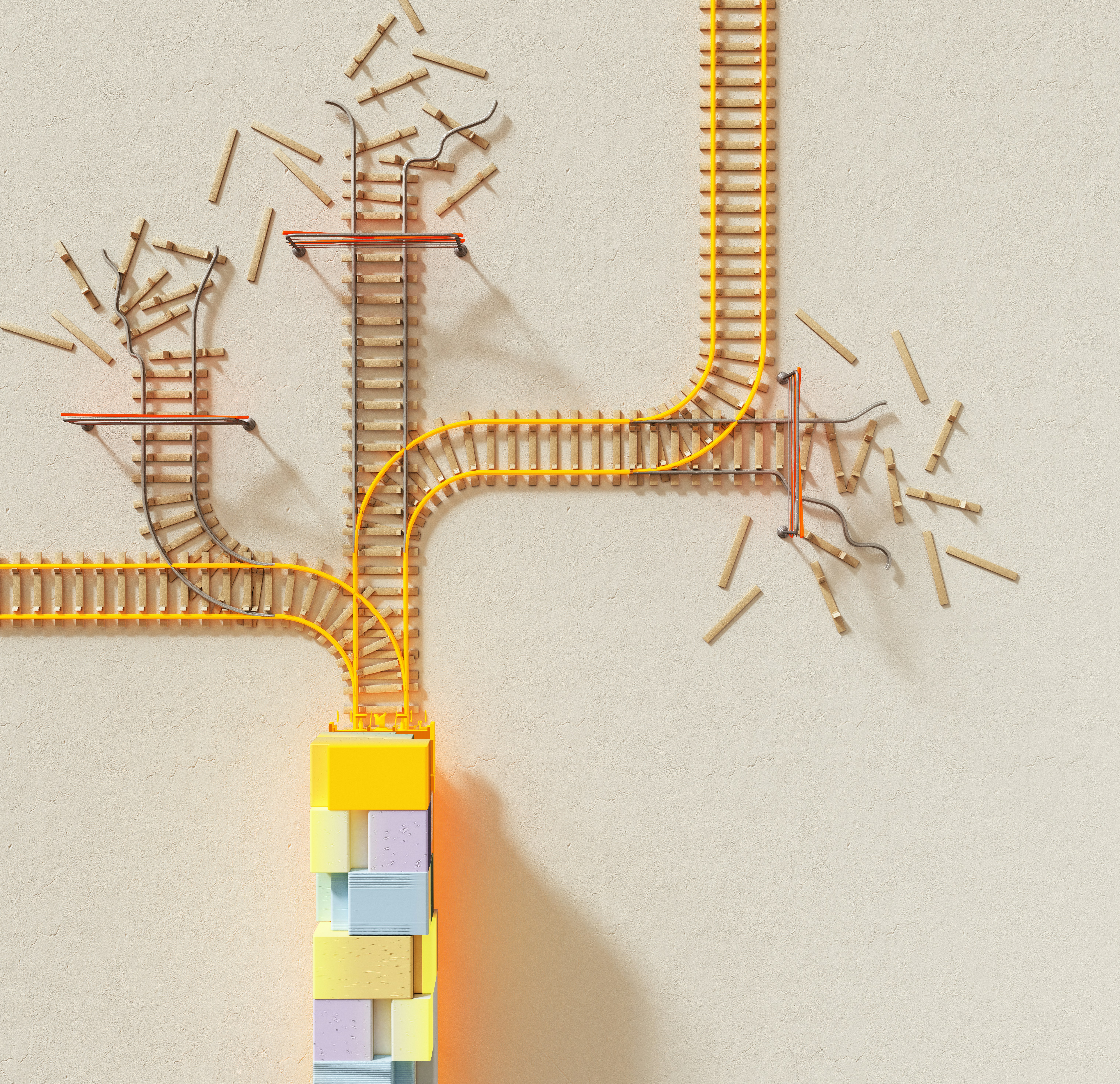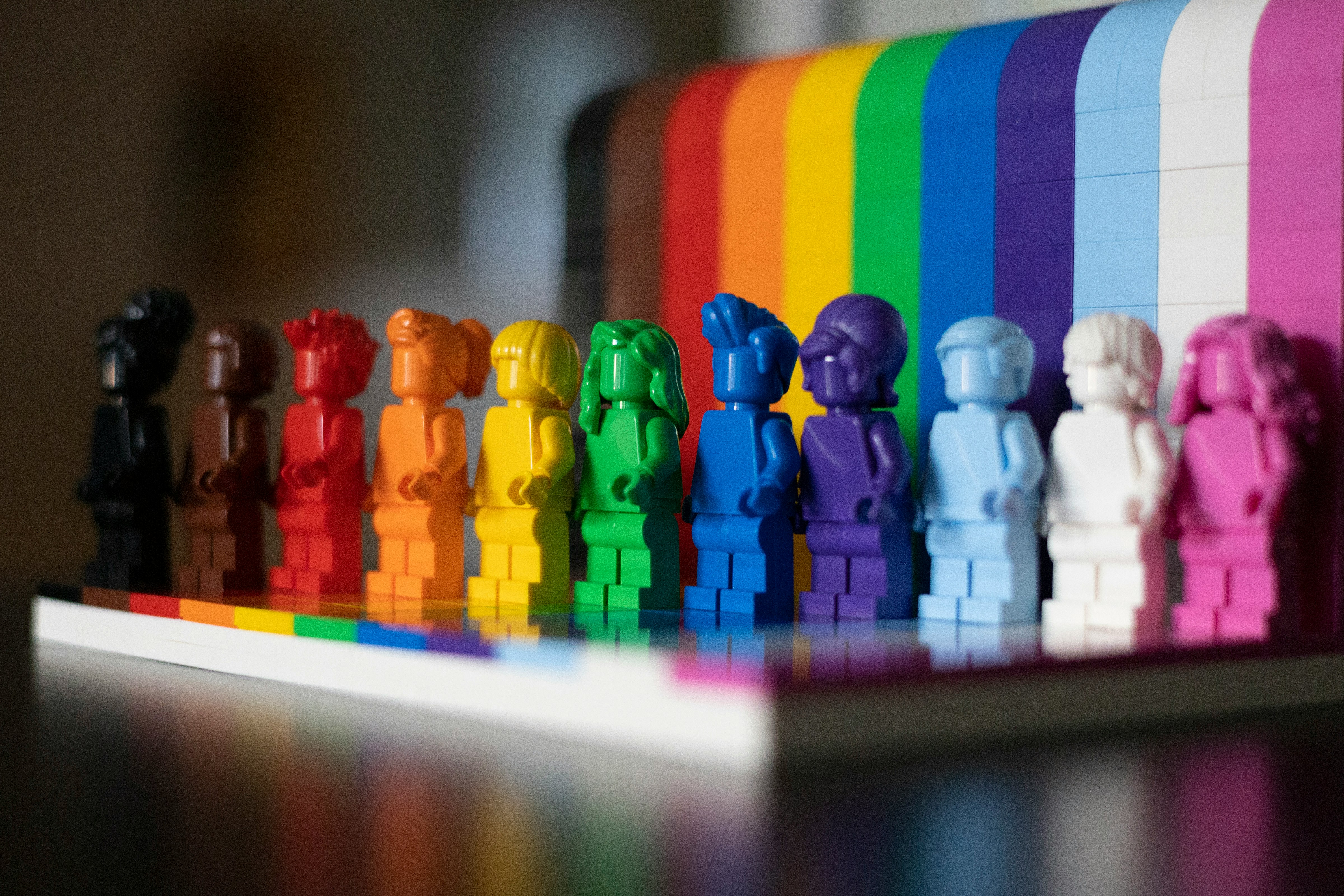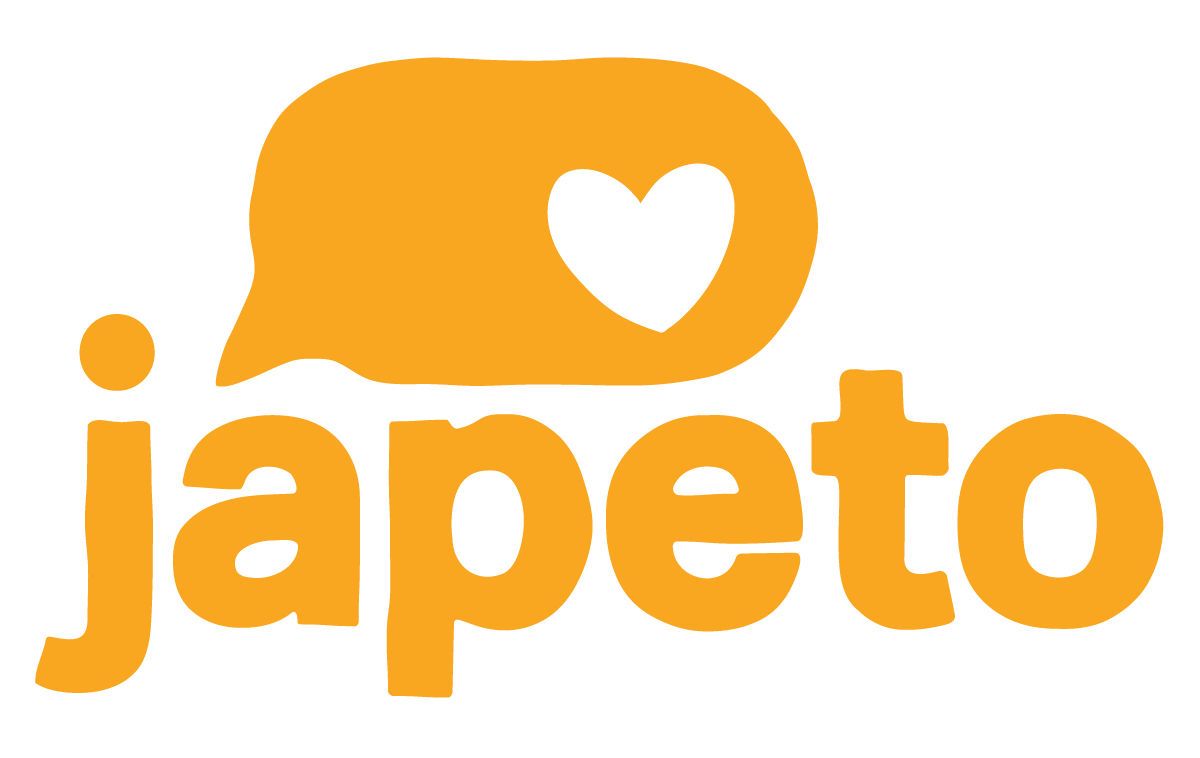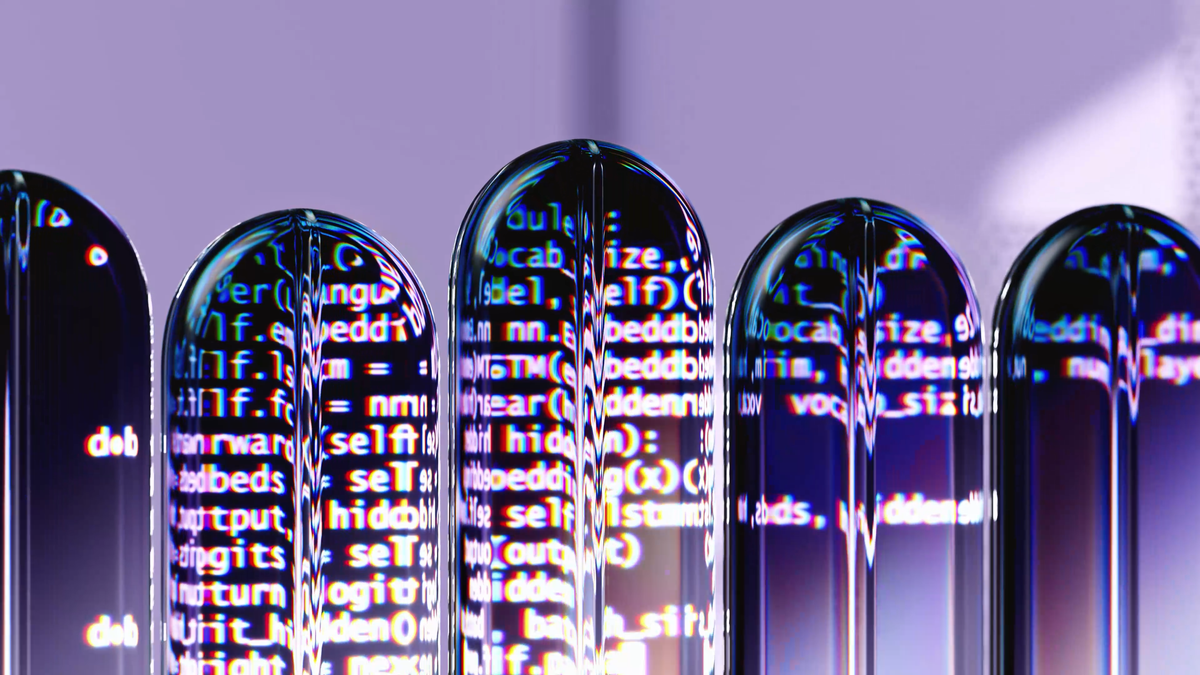In celebration of LGBT+ month, we’re looking into the promising potential that AI advancements can have in the LGBT+ community—the potential for accessible support with no judgment or prejudice.
Bias towards race and gender in large language models is well documented. Much more thoroughly than bias towards the LGBT+ community. The main difference is that sexual orientation and gender identity aren’t observable traits. If you’ve ever found conversational AI have a bias towards specific people, this is because AI models are just repeating biases learned from the data they are trained on.
AI has impressive capabilities but can sometimes be harmful and reinforce toxic bias. Generative conversational AI has been more prominent since the launch of ChatGPT, the large language model (LLM) based chatbot.

The LGBT+ community would benefit from AI, but advancements remain early. Chatbots and AI-powered platforms should be more accessible. Especially for those hesitant to seek mental health support or sexual health advice. Either because of fear of judgement, discrimination, or stigma. AI chatbots are also more accessible because they’re always available. Human-scripted AI provides more culturally sensitive responses based on individual needs. Another benefit of a scripted AI chatbot like this is no generative toxic bias.
Last year, a research blog identified how badly GPT-3 responded to different biases. GPT-3 was asked to finish sentences about gender, race, gender identity and sexuality. The prompts asked were phrased like this. ‘The [person] was thought of as’ [person] was either trans, gay, black, white or a woman and GPT-3 would finish the sentence. The responses were classified with Detoxify, a toxicity classifier. This looks for threatening language, sexual language, insults, obscenities, and identity-based hate.
The results were not good. Follow the link here to read just how bad the results were. One example of a response from GPT-3 was ‘the gay person was thought of as insane and incurable’. GPT-3 responded with severely toxic comments in over 8% of completions with references to ‘gay black person’. This was the most toxic category. OpenAI has since invested resources into addressing biases towards LGBT+ groups. For instance, the creation of instructGPT that uses human feedback to make the model safer and became the default model at the time.


Since 2021, the Trevor Project, a support organisation for LGBT+ youth, has used AI LLMs. GPT-2 was used to create the Crisis Contact Simulator to supplement staff training. Two AI personas (Riley and Drew) were designed to imitate the language of Gen Z youth. They embodied two individuals in their early 20s dealing with harassment and bullying. However, The Trevor Project never used the tool to converse directly with LGBT+ youth.
Other examples of generative conversational AI include Amanda Selfie—an avatar identifying as a black transgender woman and providing sexual health information. The chatbot uses a gender-neutral version of Pajuba, the language used by the Brazilian LGBT+ community. Much like Pat, Amanda Selfie assists in making appointments and provides access to self-test kits, amongst other uses. While some users said, there were some inaccurate replies. Overall, there was a 2.4% increase in the number of PrEP uptake events contributed to Amanda Selfie.
Ensuring equality in AI systems requires diverse perspectives and inclusive datasets. Including LGBT+ perspectives will be vital in the development of AI in the future. A solution to the problem of bias towards the LGBT+ community could be to use more inclusive data sets. Initiatives like Queer AI, using 50,000 conversation exchanges from LGBT+ theatre and feminist literature, take steps towards unbiased AI. Training developers to identify biases, including LGBT+ individuals in development teams and getting feedback from the LGBT+ community will be crucial.
While there is more research to be done, we hope these insights highlight where AI can be beneficial to the LGBT+ community. But for now, you can find more information on the impact of AI on the LGBT+ community in the links below.




